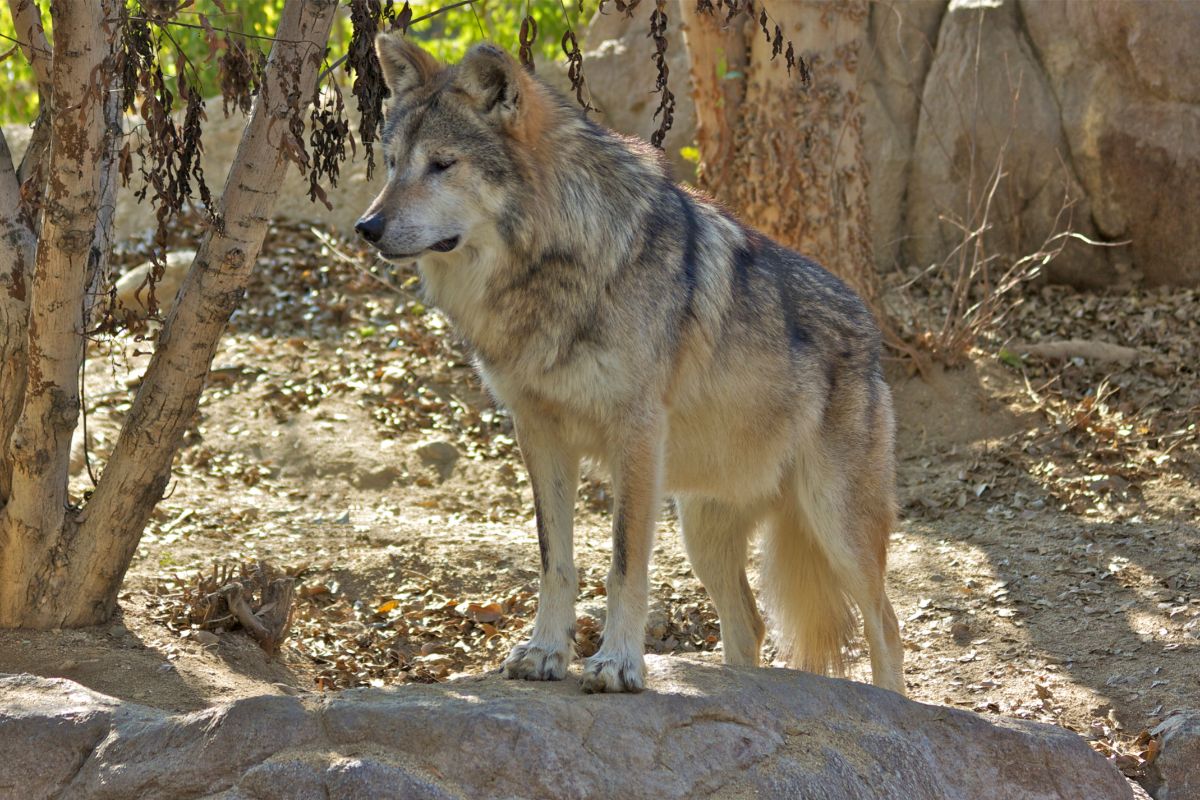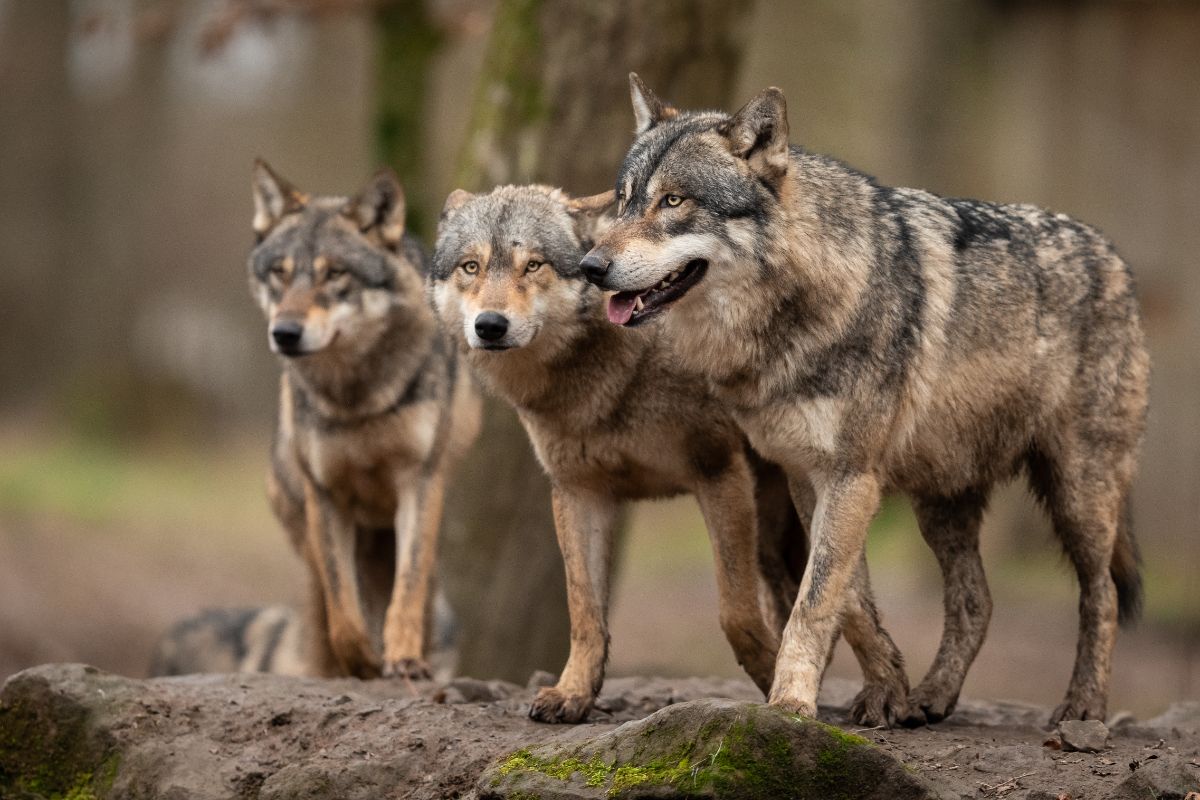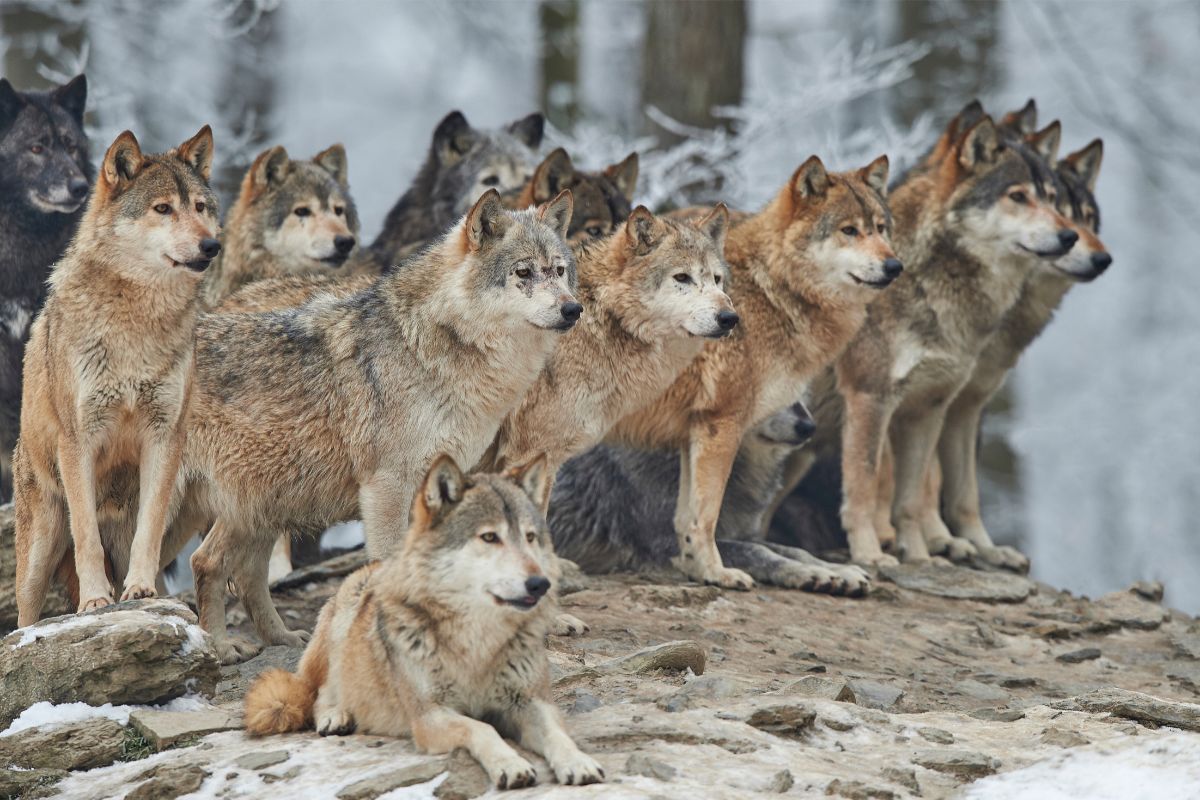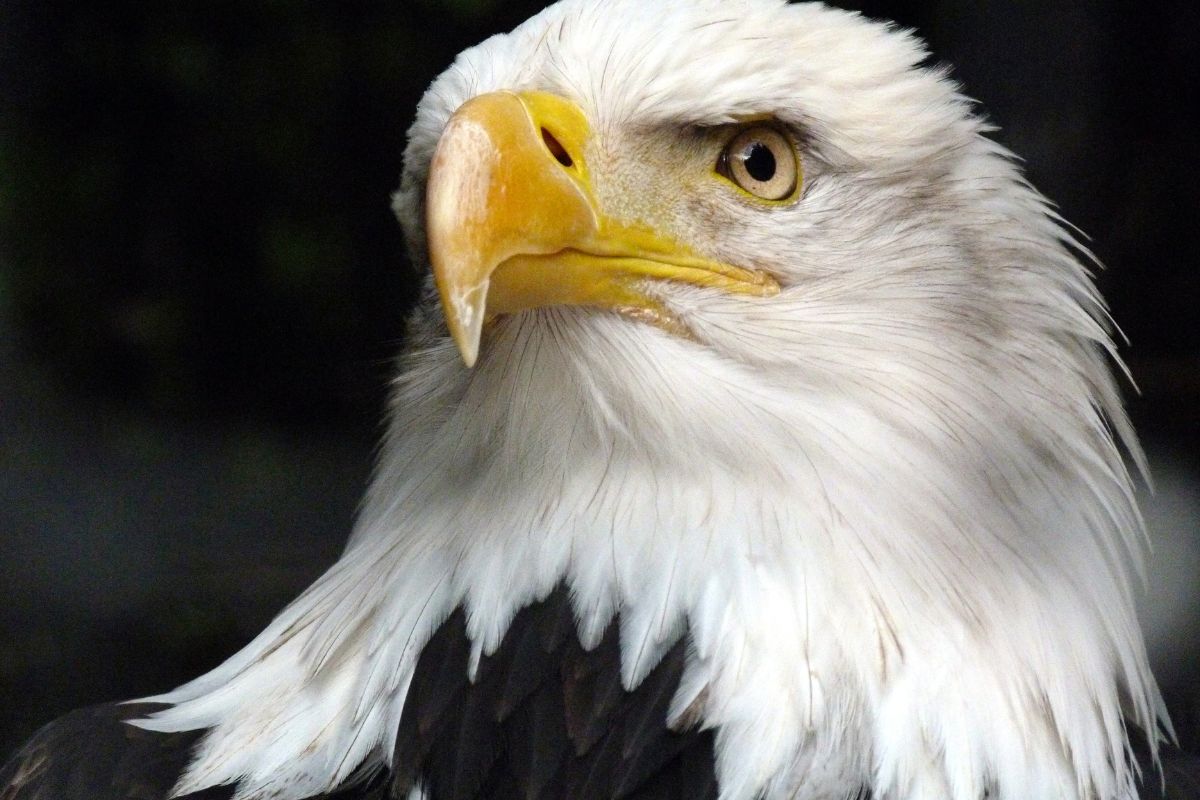In 1926, the last reported wolf pack in Yellowstone National Park was killed.
Wyoming’s own population of wolves required intervention and that came in the 1970s when the gray wolf was listed as endangered and the recovery process began.
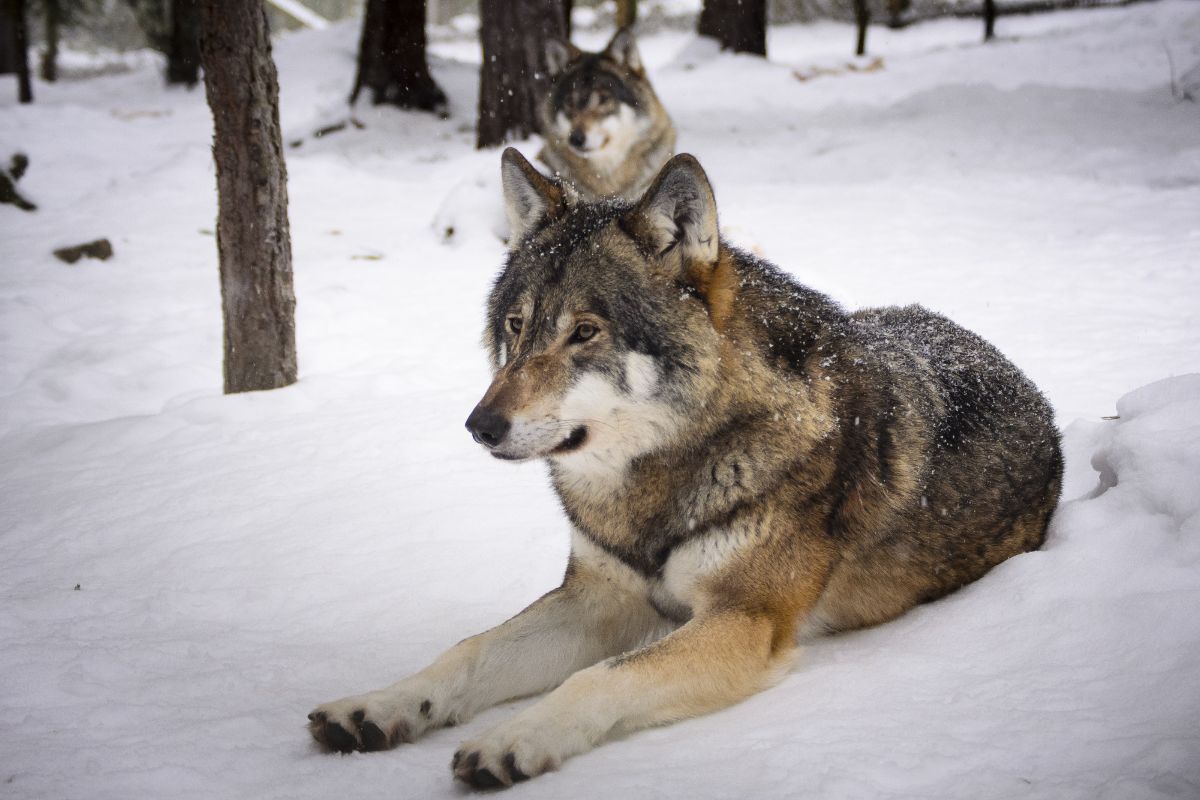
Since then, wolves have been relocated to Yellowstone National Park and their population has increased.
However, continued efforts by hunters look to disrupt the best-laid plans of the park’s management to look after the population of wolves.
In this guide, we will look at what happened to Wyoming’s wolf population, including the hunting concerns, and wolf restoration plans.
While their population may seem precarious due to recent news of hunting, it has been worse before and come back.
What Happened To Wyoming’s Wolf Population
We will look at how Wyoming’s wolf population has developed and how it is still under threat from hunting concerns.
However, there has been a relatively recent shift in how the wolf population in Wyoming is managed. On April 25th, 2017, those gray wolves were removed from the list of endangered species.
A shift on the list signifies a change in management to the State of Wyoming, and with that comes Commission regulations and state statutes.
The change in management looks to have worked as, according to state officials, the population of gray wolves in Wyoming had recovered.
This still has to be carefully managed and monitored as certain states that border Yellowstone National Park have been hunting the wolf population that frequents Wyoming.
Hunting Concerns
Despite the resurgence in wolf populations, specifically gray wolves, there are concerns about hunting. In early 2022, hunters had killed an entire pack of Yellowstone’s gray wolves near the park’s border in Montana.
This is a particular concern for those wolves that go close to and then beyond that vulnerable border as hunting restrictions in Montana were gutted in 2021.
Such a situation appears precarious, a rising population is good news yet lowered restrictions on hunting look to be a major threat to mature wolves.
In total, hunters had killed 24 of Yellowstone’s gray wolves, the most in one season since they were reintroduced as a species to the park in 1995.
Those numbers are alarming yet so is the fact that an entire pack was taken out which was the Phantom Lake Pack.
Nineteen of those wolves were hunted in Montana where steps have been taken to shut down the hunting of gray wolves in that area.
If those hunting concerns were allayed in Montana, that could help resolve any long-term danger to the wolf population.
Specifically, only three of those wolves hunted in Yellowstone were killed in Wyoming with the remaining two killed in Idaho.
One of the hold ups for further action is that state wildlife commissioners have decided not to return quotas at park boundaries.
That’s right, there were no restrictions on how many gray wolves could be harvested near Yellowstone’s northern border which is excellent news for hunters, but not so much for wolves.
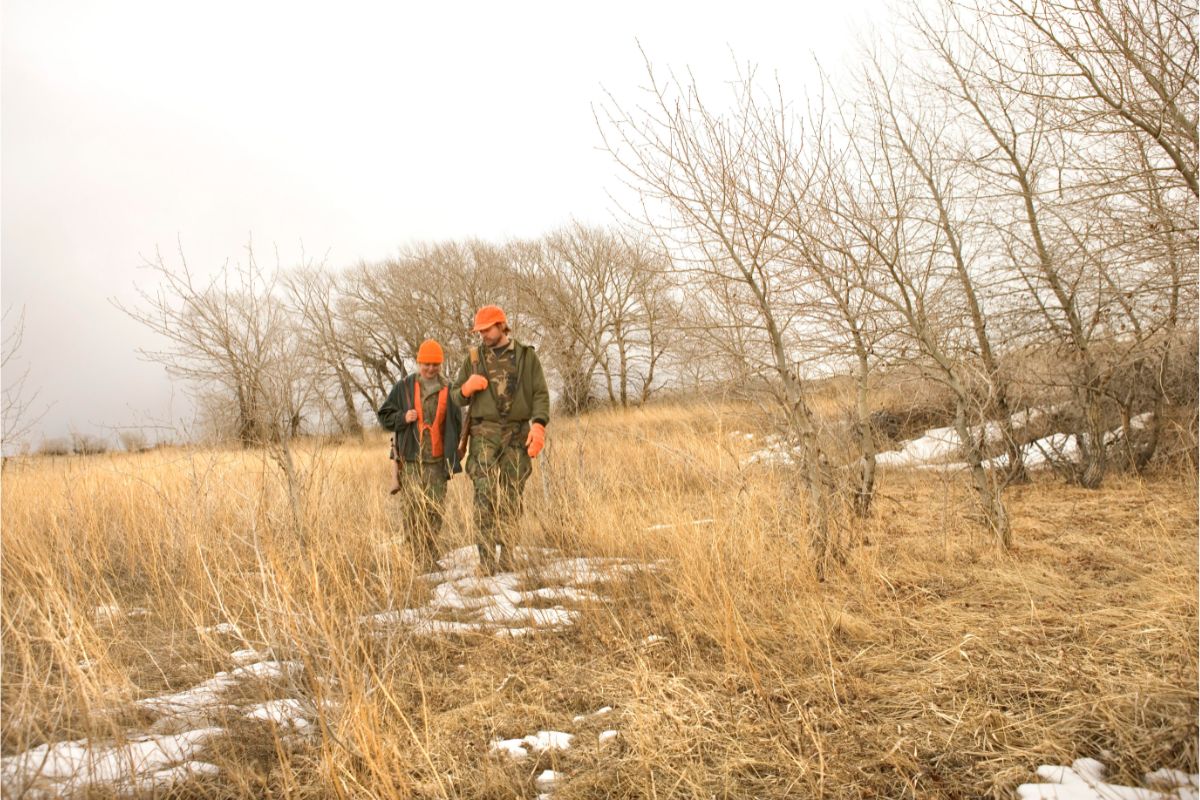
The areas around the Northern Rocky Mountains are of particular concern as wolves in Wyoming, as well as Montana and Idaho have been hunted.
Over 500 wolves from the three states were killed around the start of 2022. Such numbers look set to disrupt a research project on how the wolves have shaped ecosystems in Yellowstone National Park.
Wolf Restoration
While it may be a strange thing to say, at least there is a wolf population in Wyoming to speak of.
When Yellowstone National Park was established in 1872, the gray wolves were present, yet by the mid-1940s, it was rare that a pack of gray wolves was reported, such was their hunting.
By the 1970s, one intensive survey could not find evidence of Yellowstone having a population of wolves, though you may see the occasional one.
Thankfully, that decade also saw the passing of the Endangered Species Act (in 1973) which sought to restore any eliminated endangered species.
All wolf subspecies were on a list of endangered species in the lower 48 states, the only state not on that federal list in 1978 was Minnesota.
Something had to be done and, in 1991, Congress appropriated money for wolf recovery and three years later plans were afoot to reintroduce wolves into Yellowstone.
Between 1995 and 1996, a total of 31 gray wolves were relocated to Yellowstone from western Canada.
The reintroduction was not without its issues as wolves would prey on the livestock outside Yellowstone’s borders yet between 1995 and 2003 this was less than expected.
In those eight years, only 41 cattle and 256 sheep were reportedly killed by wolves.
Final Thoughts
There will always be a required balance to look after a wolf population. If their own prey cannot be found then they will hunt domestic livestock which brings about its own repercussions.
With careful management, monitoring, and stringent hunting control on Wyoming’s borders, the wolf population can be looked after.
Frequently Asked Questions
What Were The Major Factors That Reduced The Number Of Wolves In Yellowstone?
Initially, you could count predator control such as poisoning as a major contributor to the reduction in the wolf population of Yellowstone.
From the late 1800s to the early 1900s, wolves would be routinely poisoned in an attempt to control their population and protect livestock.
A reduction in the prey that wolves typically hunt also meant that wolves would prey on domestic stock, and humans would eliminate them.
The rise of agriculture also had an impact as more of the wolves’ natural habitat and prey base was destroyed.
Which US State Typically Has The Most Wolves?
While the wolf population has struggled in Wyoming over the years, it has a long way to go to have the most wolves.
That accolade regularly goes to Alaska which has around two-thirds of all wolves found in the United States. They are also increasing in number in the state.
- Why are skunks called polecats? - November 16, 2022
- Do Armadillos lay eggs? - November 16, 2022
- Can animals have down syndrome? - October 5, 2022


